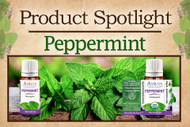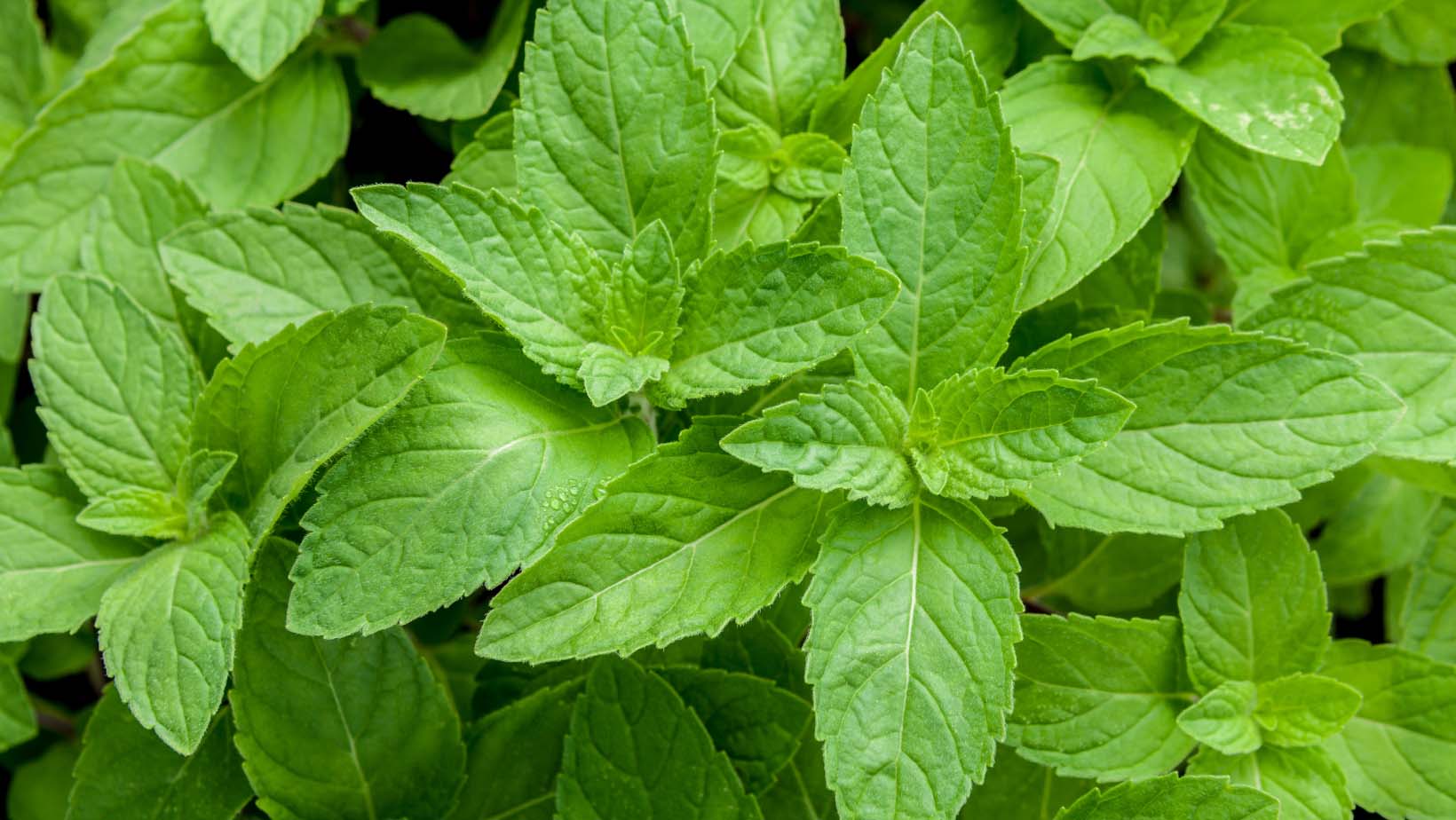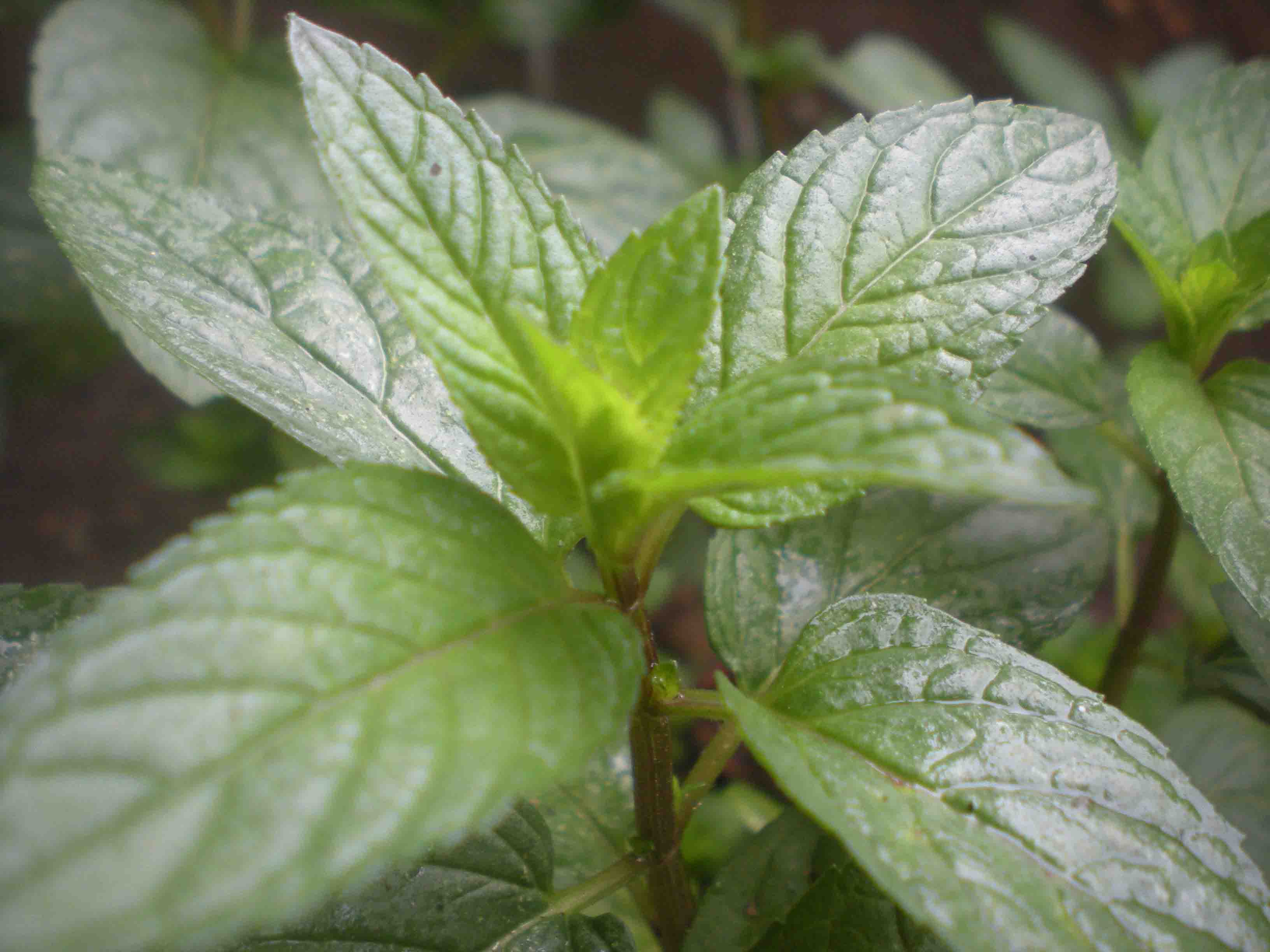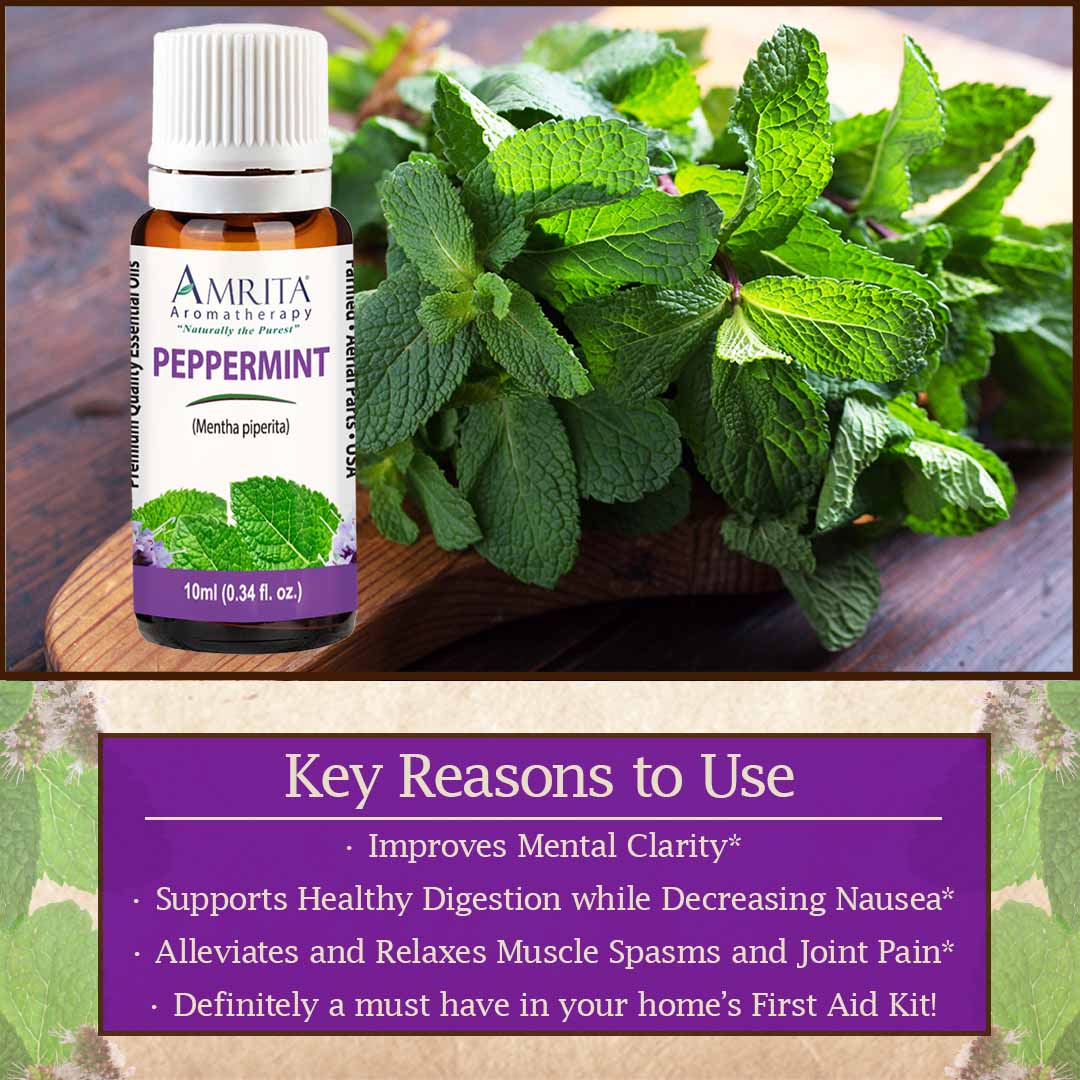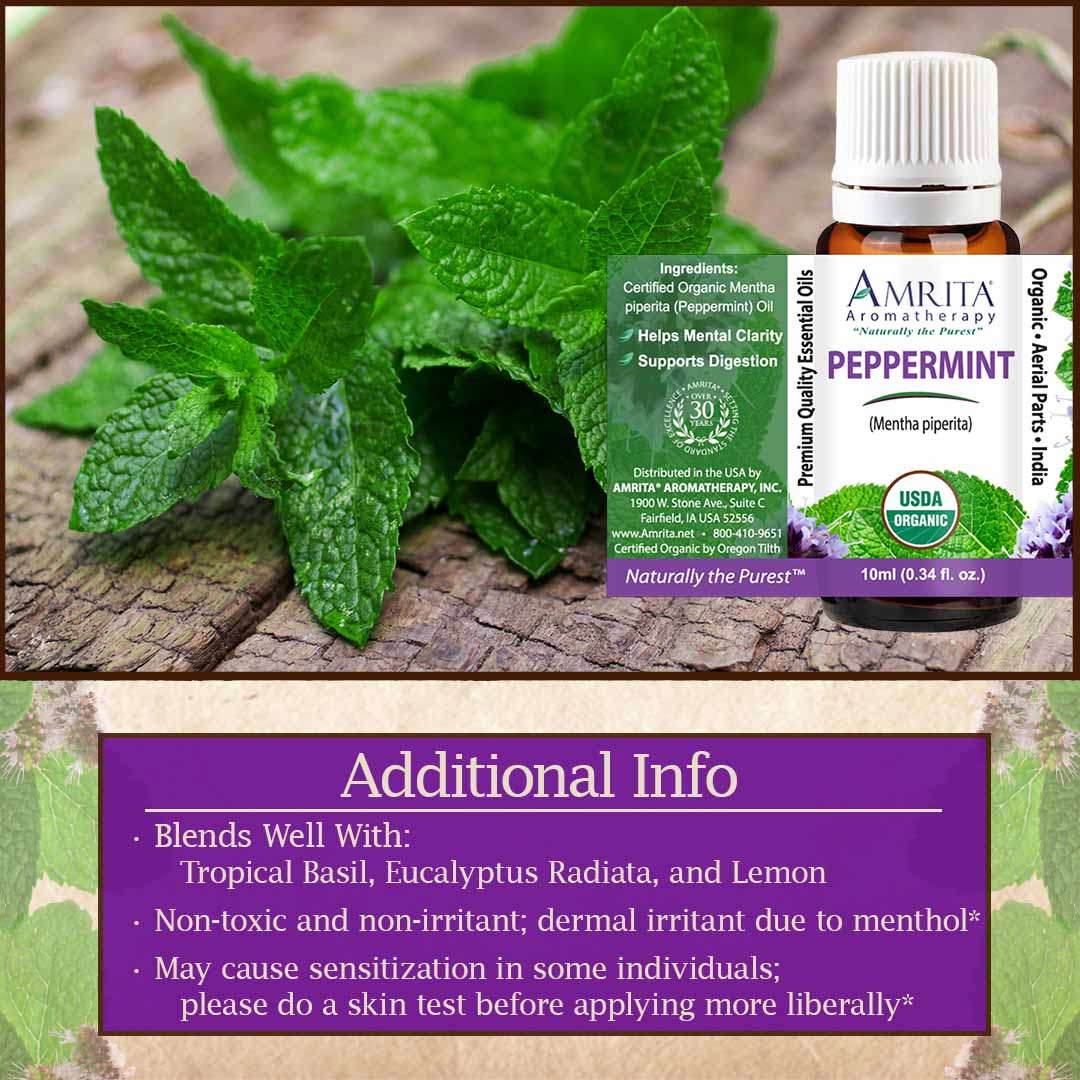Product Spotlight: Peppermint
Oct 9th 2023
Posted by Dr. Christoph Streicher and Chase F.
One of the oldest medical reference books ever found is the Ebers Papyrus from Ancient Egypt, dating back to about 1550 BC. It details over 800 common remedies and even contains grammatical clues which indicate that some of its contained knowledge was already old at the time of its curation. One of the remedies listed includes Peppermint, used as a digestive aid.* This is somewhat intriguing because even now, over 3,500 years later, it remains common practice for many modern-day restaurants and diners to offer a complimentary piece of Peppermint candy at the end of each meal. It seems the Ancient Egyptians were on to something!
In modern times, the ability of Peppermint to soothe several digestive ailments is still apparent, but much more has been discovered about the innate qualities of this wondrous herb. It took until 1696 for Peppermint to be scientifically distinguished from Spearmint and other similar species. Since the advent of Essential Oil distillation, Peppermint has become one of the most universally recognized, respected, and versatile in all of aromatherapy. Many more of its therapeutic benefits than are now known to the modern world. So, let’s dive a little deeper into some of the historical and modern uses of Peppermint.
What is Peppermint? Why is it Important to Our History? What are Some of its Historical Roots?
Peppermint, a hardy perennial, is a hybrid between Spearmint and Watermint. As previously mentioned, these and other species of mints were commonly confused throughout history. This makes it somewhat difficult to discern which species is being referred to in many historical references. Further obscuring the origins of Peppermint is its ability to grow in so many regions across the world, making it difficult to pinpoint just where it may have begun. Nevertheless, many botanists agree on the likelihood that it probably originated somewhere along the Mediterranean.
The beginning of Peppermint’s botanical name is Mentha, which is derived from the name of an Ancient Greek nymph, Mintha. The use of her name as a general term for everything “mint” comes from a slightly scandalous origin story. Mintha, with her beauty and charm, was said to have been quite the subject of desire to the Greek God, Hades. His lust toward Mintha came much to the chagrin of his wife, Persephone, who decided to put a curse on them—a curse which affected the “mistress” much more than the “mister”. The hex transformed Mintha into a “weed” to be eternally trodden on by the feet of all mankind. Hades, in an attempt to soften the curse, blessed Mintha with a beautiful scent to be cherished and loved by all those who encountered her. Ah, what a romantic!
Piperita is the second part of Peppermint’s botanical name, and for good reason. In Greek it means “pepper”, distinguishing it from other types of mint by acknowledging its uniquely sharp, spicy, and minty aroma. The Ancient Greeks didn’t just give Peppermint its name, they were said to have worn headdresses made of Peppermint for ceremonies and celebrations, as well as use it to flavor sauces and wines. Much like the Egyptians, they also used it as a digestive aid. Additionally, they considered Peppermint to be an aphrodisiac, in fact, they wouldn’t allow their soldiers to consume it lest they become “distracted”.
Through the Middle Ages, Peppermint was applied for a steadily growing number of uses such as tooth polish, breath freshener, an additive for soaps/perfumes, and even pest control. When Europeans came to the Americas, they discovered a native population already acquainted with Peppermint. As science evolved in the 18th and 19th centuries, along with new techniques for extracting Essential Oils, new knowledge was discovered about an extensive range of previously unknown therapeutic benefits offered by the familiar herb.
Why Do You Need this Oil? What are the Therapeutic Benefits of Using Peppermint Essential Oil?
Peppermint Essential Oil, steam distilled from the aerial parts of the plant, exhibits a multitude of therapeutic benefits to the nervous, digestive, respiratory, circulatory, lymphatic, and musculoskeletal systems. Its distinctively sharp, spicy-sweet aroma has stimulating properties for the mind and mood.* Known to provide mental stimulation, clarity, and confidence, it can be an important tool at the beginning or middle of one’s day to provide an edge for remaining focused and energized.*
Peppermint has been legendary throughout history for its ability to assist the digestive system, and in modern times it is still considered one of the most impressive natural remedies for relieving indigestion, mitigating nausea, and deterring flatulence.* The benefits certainly don’t end at the stomach, however, as its antispasmodic abilities can soothe cramping of many sorts, including those associated with menstrual or menopausal function, digestive issues, or gastrointestinal ailments such as irritable bowel syndrome (or more commonly known as IBS).*
Moreover, Peppermint Essential Oil is regarded for its ability to tackle pain in many forms, such as muscle soreness, achy joints, headaches, and migraines.* It can also provide comfort to your skin while acting as an antiseptic cleanser that soothes itching, redness, and irritation.* For the lungs, Peppermint can mitigate congestion while tackling common cold or flu symptoms and deterring infections.* And, as if these benefits don’t already make it one of the most versatile of all Essential Oils, it is additionally known to assist the body by encouraging and promoting healthy blood flow to areas like the brain, liver, and spleen.* This makes it a crucial ally to assist the circulatory and lymphatic systems in their proper functioning, making it an essential in all holistic First Aid Kits!*
How Would You Use Peppermint Essential Oil?
The diverse benefits of Peppermint Essential Oil can be attained using a variety of application methods. Applying a properly diluted dose directly to the skin can help maximize soothing and/or pain reduction to specific areas of need.* Other topical options, like whole-body massage and aromatic bath, provide widespread benefits to the skin, respiratory system, circulatory system, and much more.* And of course, users can maximize the mentally stimulating effects of Peppermint by diffusing and inhaling its uniquely familiar aromatic essence.* Let’s have a look at how and why these methods can be used.
- Overall Topical Application: 3-5% Dilution
- To focus on specific areas of need, such as headaches, migraines, sore muscles, achy joints, muscle sprains, itchy skin, etc., dilute up to 3-5% Peppermint Essential Oil into Jojoba or Hazelnut Carrier Oil (no more than 15-25 drops Peppermint per tablespoon of carrier oil) and apply to the skin.* Remember, proper dilution is crucial because the menthol in Peppermint Oil can be a dermal irritant in high concentrations.*
- This method can also be used to take the stimulating mental and respiratory benefits of Peppermint with you wherever you go.* Simply create the proper dilution with your preferred carrier oil, apply it to the chest, and enjoy its clarifying essence for hours on end.*
- Whole-Body Massage: up to 2% Dilution
- A second topical option is to apply a slightly lower concentration of Peppermint Essential Oil to the entire body along with a soothing massage. This is a great way to experience the same delightful effects that would be obtained from other topical application methods, but for broader, less localized target-symptoms.*
- For a whole-body massage oil containing Peppermint Oil, dilute only 2% with Jojoba or Hazelnut Carrier Oil (no more than 10 drops Peppermint per tablespoon of carrier oil). While this method can be particularly beneficial to the skin, it also soothes overall muscle soreness while deterring virtually any type of cramping.*
- Aromatic Bath: up to 2% Dilution
- Odds are, just about everyone has used some kind of soap or other bath product which contains “Peppermint” (please check the manufacturer to ensure the Peppermint component is true and unaltered). So, it comes as no surprise that Peppermint Essential Oil can be applied via aromatic bath (when properly diluted of course). Just dilute up to 2% Peppermint Oil (10 drops per ounce of your favorite bath salts or bath milk) before adding to a full, warm tub of water.
- This method of topical application quite nicely balances the mental and physical benefits offered by Peppermint.* Keep in mind, however, that its mental effects are somewhat stimulating, so it is probably not ideal for use when bedtime is approaching.*
- Diffusion/Inhalation: Add a few drops to a Nebulizer or Nasal Inhaler:
- To maximize Peppermint Essential Oil’s potential toward the respiratory, nervous, digestive, circulatory, and lymphatic systems, diffusion and inhalation is perhaps the most effective method of application.
- By adding a few drops to a nebulizer or nasal inhaler, the user can directly take in its sharp, sweet, and spicy aromatic essence which provides mental clarity and confidence, tackles symptoms associated with cold or flu, encourages healthy blood flow to critical areas like the brain and spleen, and soothes feelings of nausea or indigestion.* And of course, Peppermint simply smells awesome! On its own, or blended with other Essential Oils, its invigorating scent is a universally pleasant and familiar addition to just about any environment.
What Blends Well With Peppermint Essential Oil?
Peppermint can stand alone with its universally recognized aromatic profile, but it also blends quite well with plenty of other oils. Try blending Peppermint with Basil, Eucalyptus, and Orange to tackle pesky symptoms of cold or cough.* Team it up with Bergamot and Lemon to energize and invigorate the mind.* Or if you are simply seeking a crisp, refreshing, aroma to enhance the surrounding atmosphere, try a blend of Peppermint, Eucalyptus, and Grapefruit.*
Here are a few DIY recipes for you to try in your nebulizer:
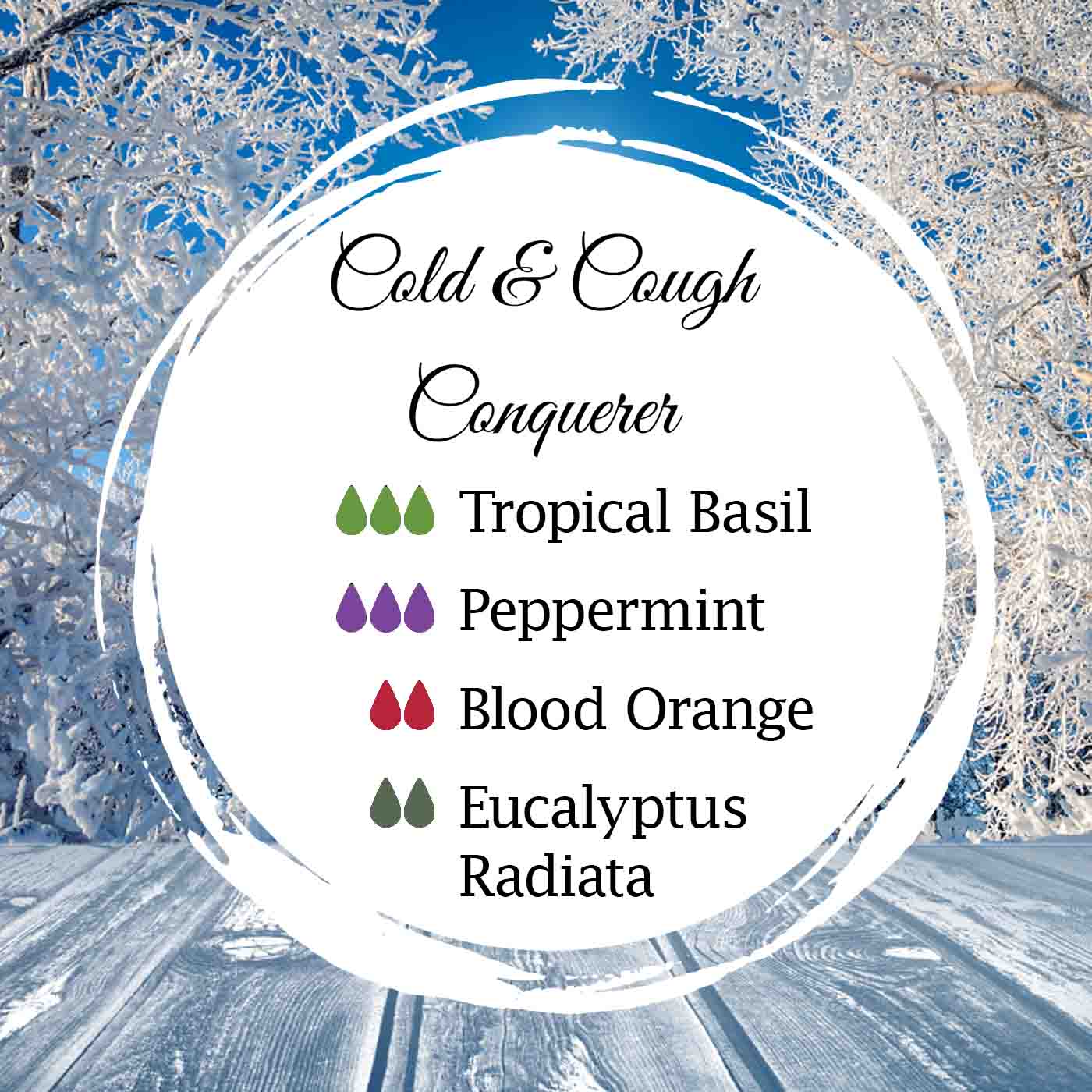 |
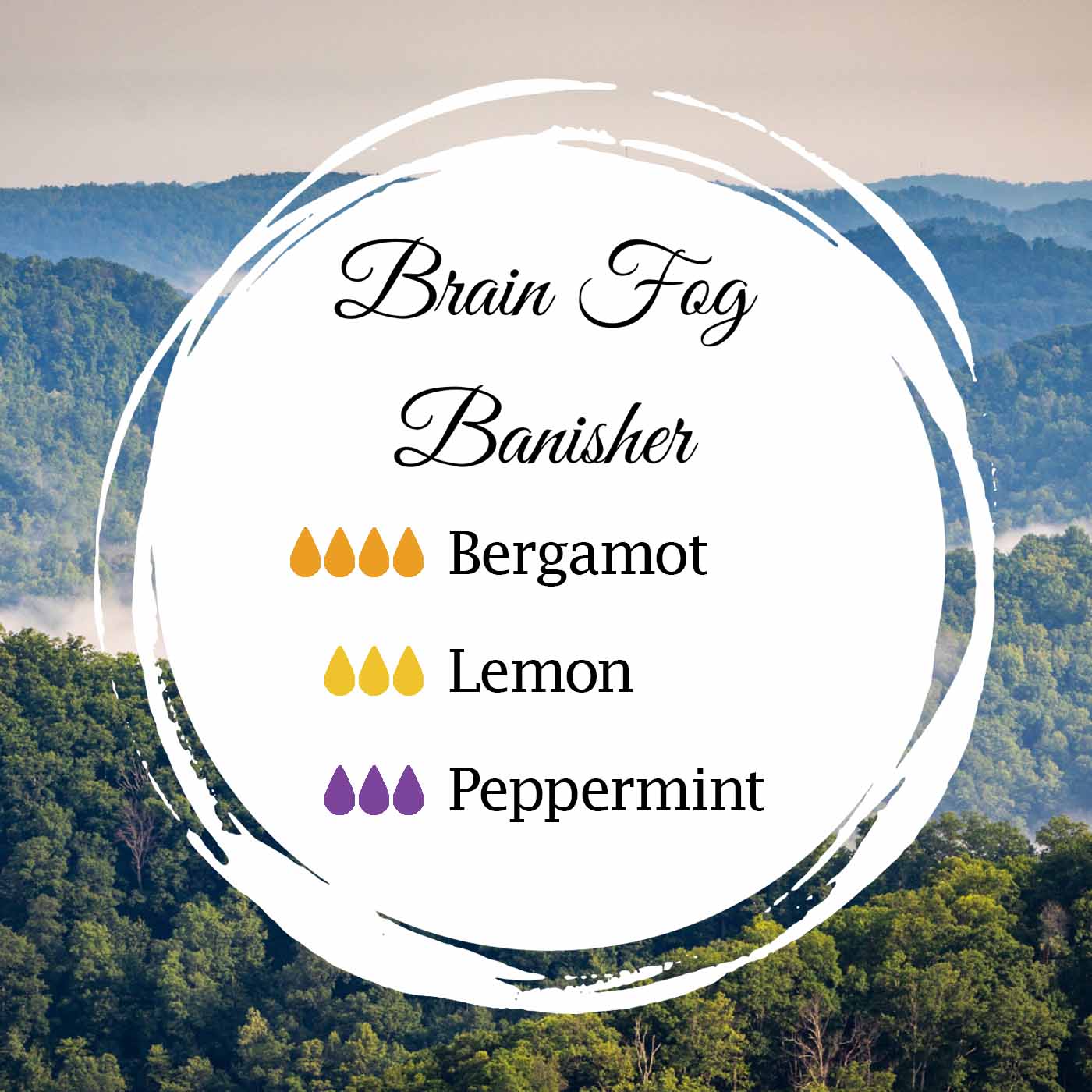 |
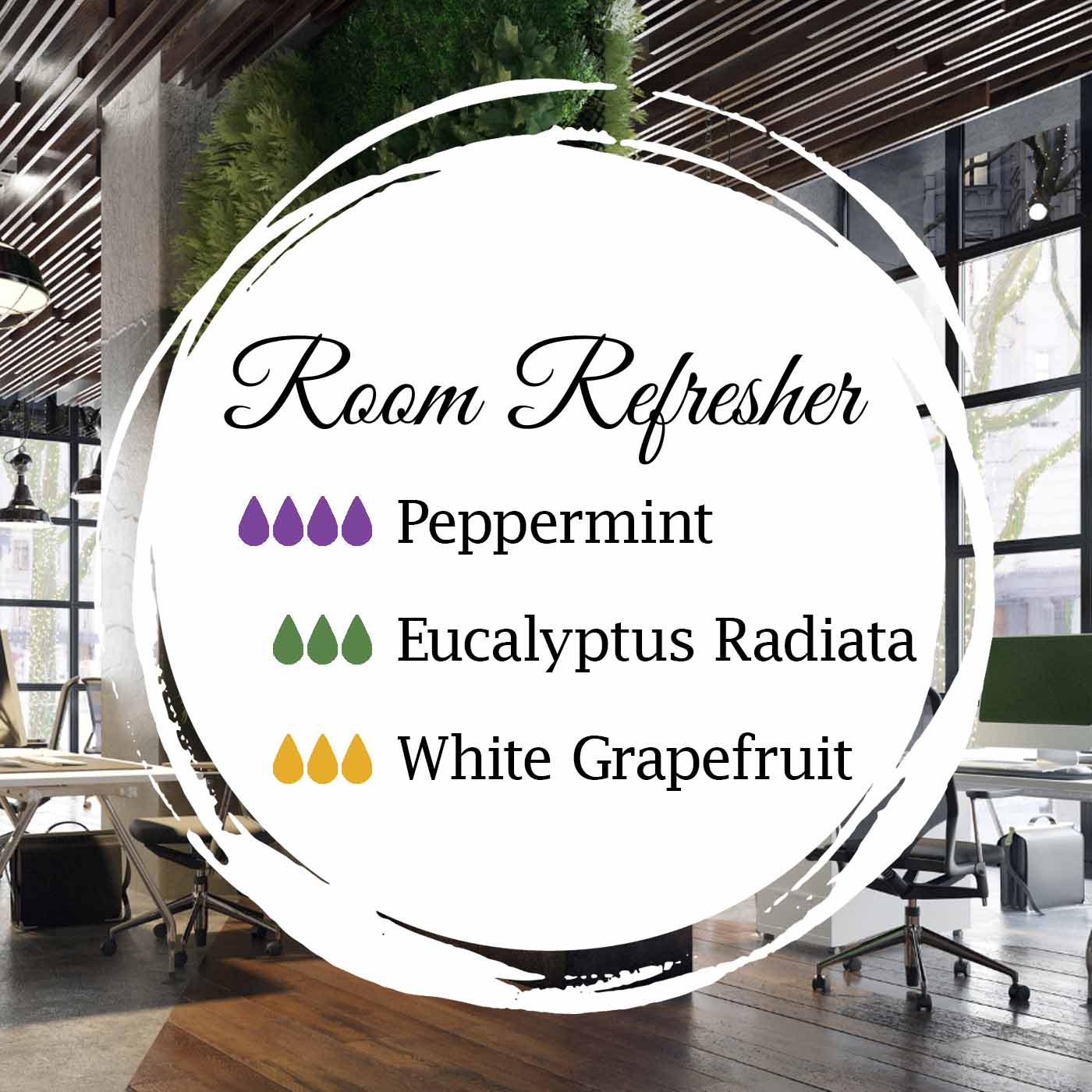 |
Final thoughts from the Amrita Team…
Even as ubiquitous as Peppermint has been across the world, as a longtime staple in herbalism throughout history, it has consistently revealed itself to be more and more useful over time. The latest step of its evolution includes the modern breadth of knowledge related to its Essential Oil, and the range of therapeutic benefits it offers.
Next time you enjoy a piece of Peppermint candy while leaving a restaurant to help kickstart digestion after a meal, take a second to imagine how the Ancient Egyptians would have used Peppermint for the same purpose over 3,500 years ago. But more importantly, consider how much further we have progressed in unlocking so much more of this herb’s potential through the extraction of its Essential Oil! It should be standard in every aromatherapy toolkit and first aid kit, so don’t let yourself miss out on Peppermint Essential Oil… And make sure to get the purest possible quality available, only from Amrita Aromatherapy.
Happy Blending!
*These statements have not been evaluated by the Food and Drug Administration. These products are not intended to diagnose, treat, cure, or prevent any disease.
Original Published: 2023-10-9 / Last Modified: 2025-6-11

